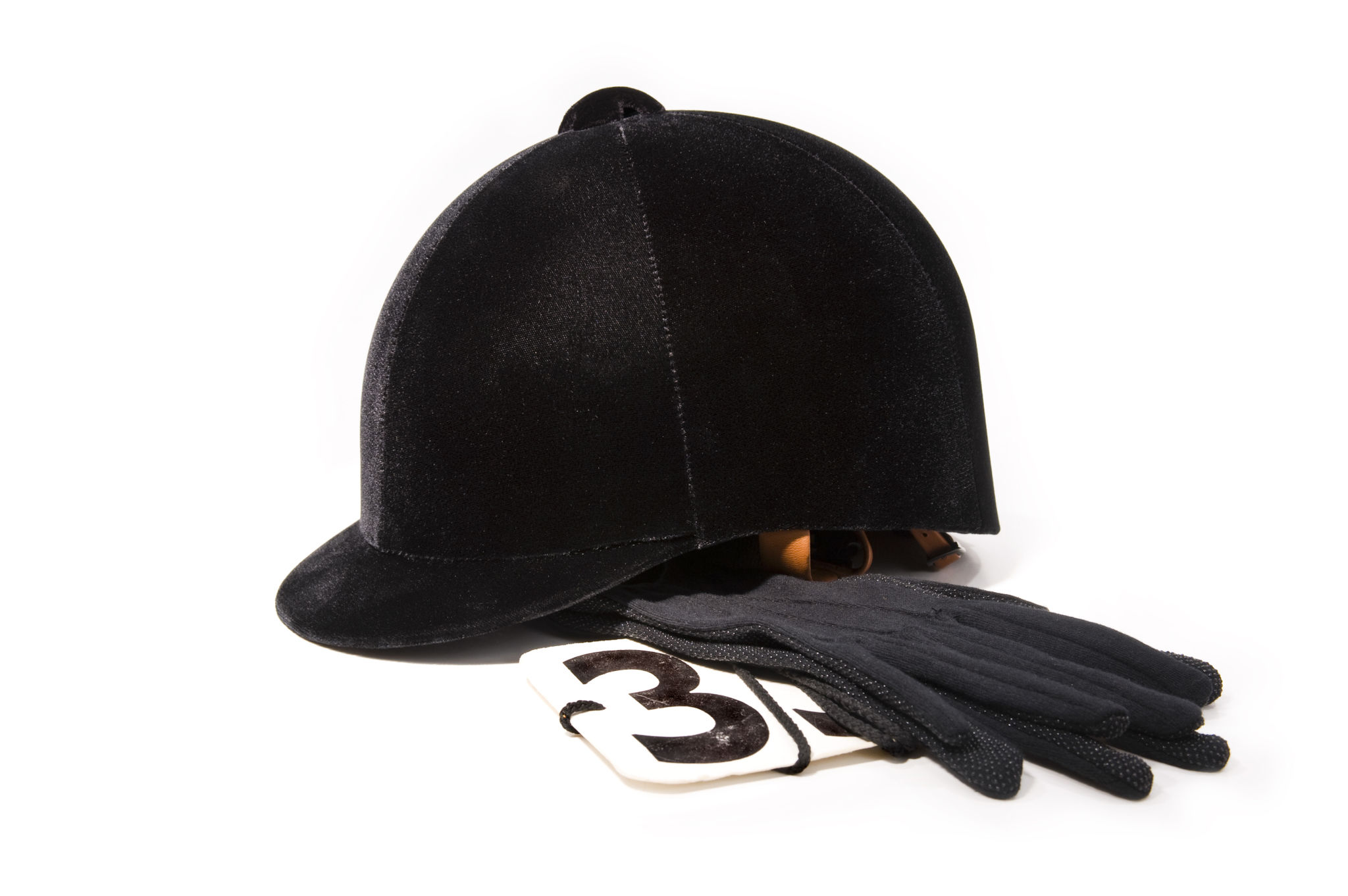Top Tips for Safe and Enjoyable Trail Rides
Prepare Your Gear
Embarking on a trail ride requires the right gear to ensure safety and comfort. Start with a well-fitted helmet, as it is the most crucial piece of safety equipment. Ensure your helmet meets safety standards and fits snugly without being too tight. Long pants and closed-toe shoes are essential for protection against brush and insects.
In addition to your personal gear, prepare your horse with appropriate tack. A comfortable saddle is vital for long rides, and it should be checked for any signs of wear or damage before setting off. Don't forget to pack a saddlebag with essentials like water, snacks, and a first aid kit for both you and your horse.

Know Your Trail
Understanding the trail you'll be riding on is paramount for a safe experience. Research the trail conditions, length, and difficulty level beforehand. Knowing the terrain will help you prepare mentally and physically for any challenges you might face, like steep inclines or rocky paths.
It's also wise to check the weather forecast before heading out. Sudden changes in weather can make trails dangerous, so plan your ride accordingly. Inform someone about your route and expected return time, particularly if you're riding alone.

Practice Trail Etiquette
Good trail etiquette ensures that everyone has an enjoyable experience. Yield the trail to hikers and bikers when necessary, and communicate clearly with other riders when passing. A simple "passing on your left" can prevent accidents and maintain a friendly atmosphere.
Be mindful of the environment by staying on designated paths to avoid damaging the ecosystem. Carry out any trash you bring in, and respect wildlife by maintaining a safe distance.
Stay Aware and Alert
Remaining alert while on the trail is crucial for spotting potential hazards like low branches or uneven terrain. Keep an eye out for wildlife that might spook your horse, and maintain a firm but gentle grip on the reins.

Manage Your Horse's Energy
Long trail rides can be taxing on both you and your horse, so it's important to manage your horse’s energy levels. Start at a slow pace to allow your horse to warm up and gradually increase speed as needed. Take regular breaks to let your horse rest and hydrate.
Stay Hydrated and Nourished
Maintaining energy levels is not just important for your horse; it’s crucial for you as well. Bring plenty of water along to stay hydrated, especially on hot days. Pack lightweight snacks such as nuts or granola bars that provide sustained energy without weighing you down.

Emergency Preparedness
No one plans for emergencies, but being prepared can make a significant difference. Carry a basic first aid kit with items such as bandages, antiseptic wipes, and pain relievers. Familiarize yourself with basic first aid procedures for both human and equine injuries.
If you’re riding in a remote area, consider carrying a whistle or a signaling device to attract attention in case of an emergency. A fully charged mobile phone or a portable charger can be invaluable if you need to contact help.
Enjoy the Ride
Finally, remember that trail riding is about enjoying the journey as much as reaching the destination. Take in the scenery, connect with your horse, and relish the tranquility that nature provides. A positive attitude will enhance the experience for both you and your riding companions.
